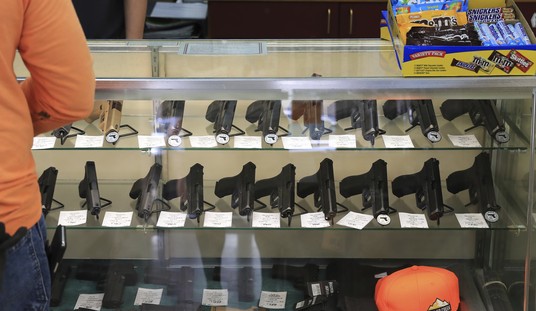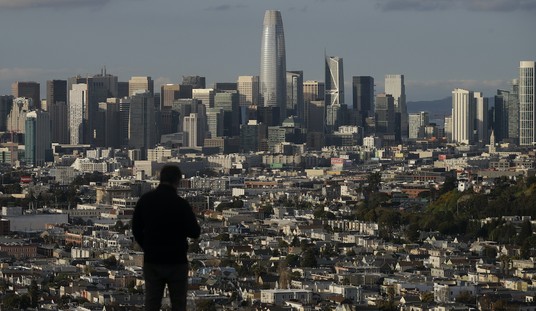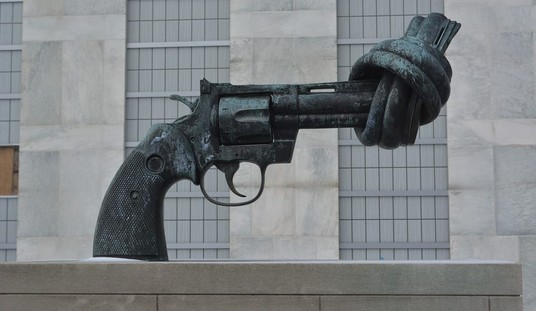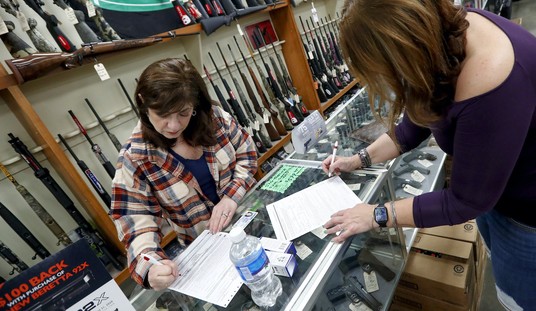Our children matter.
They should, after all. They’re our link to the future. They carry on what we begin, taking it into new directions. Assuming, of course, they survive to adulthood.
Throughout human history, that wasn’t a given. Today, it’s more secure, but it seems gun deaths are taking a toll. That’s according to information released by Pew Research earlier this week.
The number of children and teens killed by gunfire in the United States increased 50% between 2019 and 2021, according to a Pew Research Center analysis of the latest annual mortality statistics from the Centers for Disease Control and Prevention (CDC).
In 2019, before the coronavirus pandemic, there were 1,732 gun deaths among U.S. children and teens under the age of 18. By 2021, that figure had increased to 2,590.
The gun death rate among children and teens – a measure that adjusts for changes in the nation’s population – rose from 2.4 fatalities per 100,000 minor residents in 2019 to 3.5 per 100,000 two years later, a 46% increase.
Both the number and rate of children and teens killed by gunfire in 2021 were higher than at any point since at least 1999, the earliest year for which information about those younger than 18 is available in the CDC’s mortality database.
Now, it would be easy to chalk this up to an increase in suicides during the COVID lockdowns. After all, a lot of people’s mental health suffered during that time, so it would stand to reason.
However, that doesn’t seem to be the case.
Homicide was the largest single category of gun deaths among children and teens in 2021, accounting for 60% of the total that year. It was followed by suicide at 32% and accidents at 5%. Among U.S. adults, by contrast, suicides accounted for a 55% majority of gun deaths in 2021.
And since this study didn’t lump 18- and 19-year-olds into the category, we can somewhat trust this to be representative of the real problem facing our kids.
Further, Pew noted that those aged 12-17 account for 86 percent of gun deaths, while ages 6-11 accounts for just 7 percent, which also gives us a hint as to what may be behind this rise.
First, we need to remember we also saw a drastic spike in homicides overall in 2020. While 2019 wasn’t exactly a low point in the homicide rate, the next couple of years saw a significant increase in homicides in general. Much of this was directed at people in our inner cities.
Coupled with the ages most affected, it’s kind of hard not to see this as the likely result of gang violence or gang culture in general. Even if people aren’t actively part of a gang, our inner cities are influenced by the gang’s honor culture. The idea is that you’re somehow less than others by turning the other cheek, so people seek violent retribution, which often means more so-called gun deaths.
However, I fear that we won’t see that make it into the mainstream discussion of these findings.
What we will see, though, are those claiming that gun control would solve all of this. However, since you’ll likely find that most of those who are shooting these kids are also unable to lawfully own a firearm in the first place either due to age or felon status, it’s unlikely any gun control would address anything.
In the 80s and 90s, we focused heavily on the gangs and saw a reduction in our homicide rate, a reduction that continued for more than two decades. It would make sense to go back to that strategy if we want to get similar results.
Unfortunately, I’m pretty sure few in Washington have the stomach for any such effort, likely due to fear of being called a name or something.








